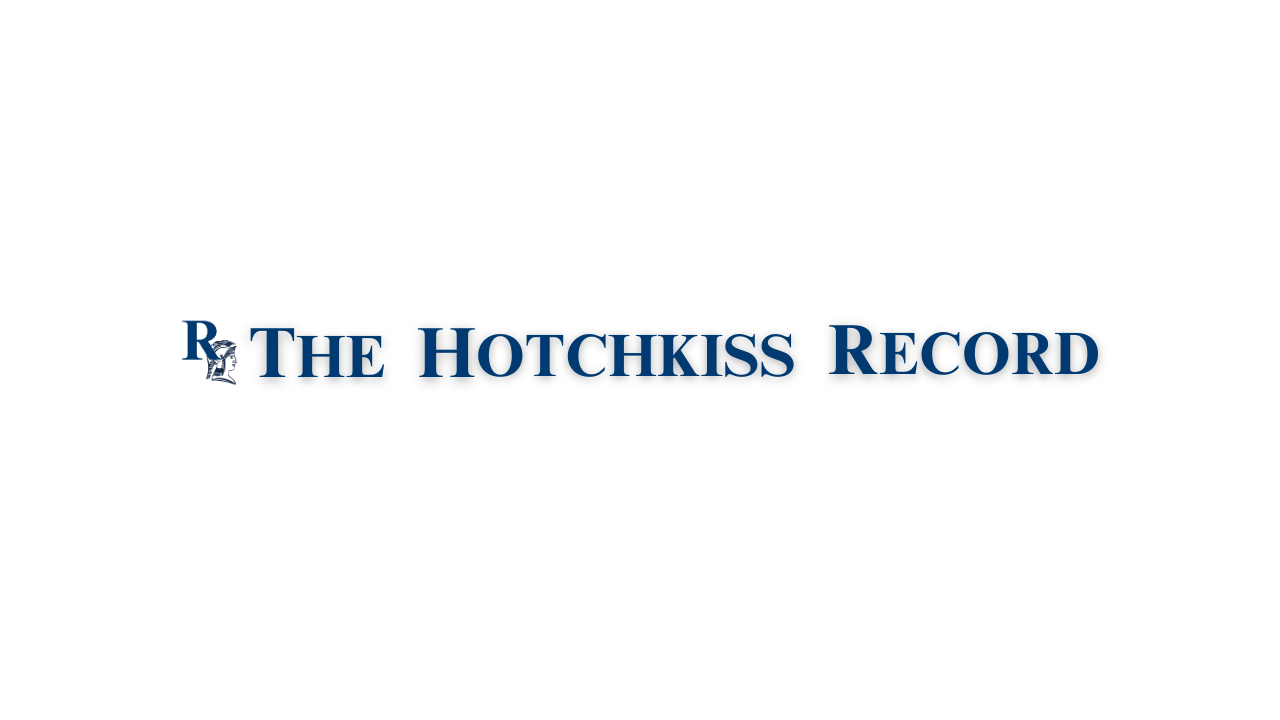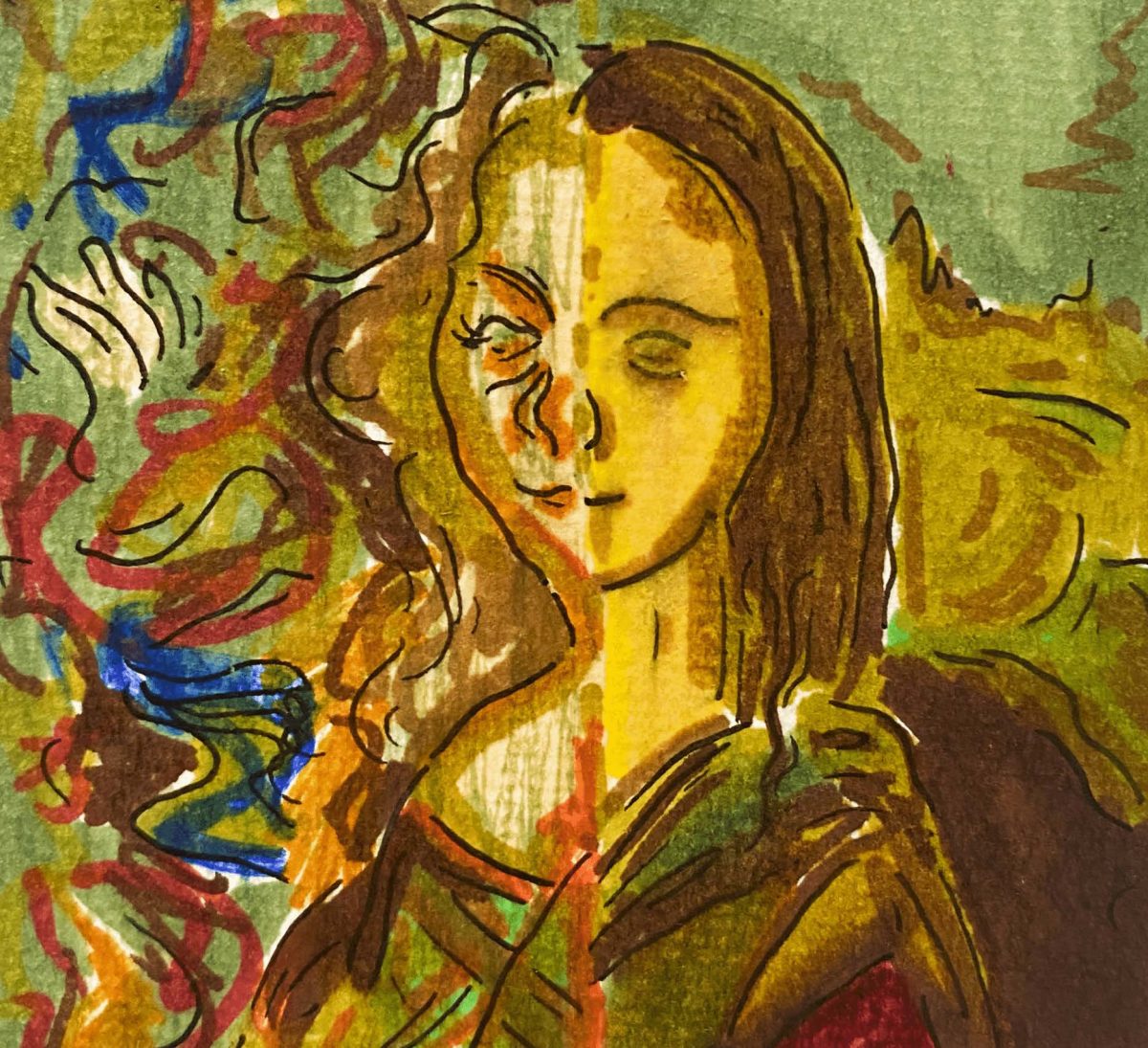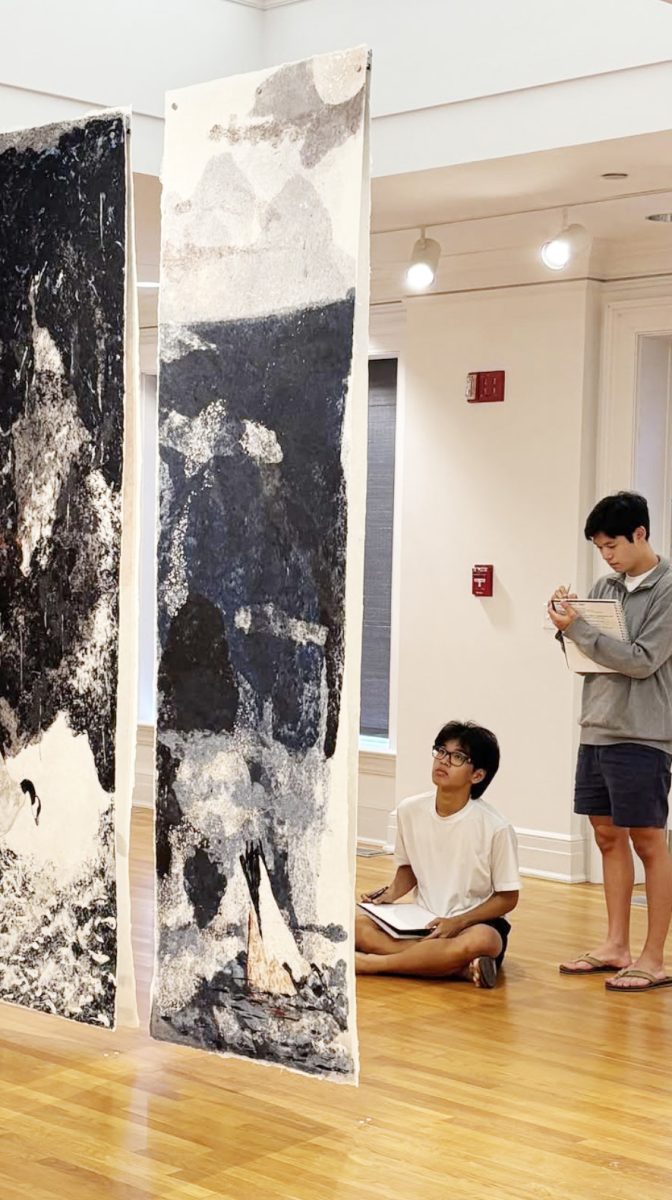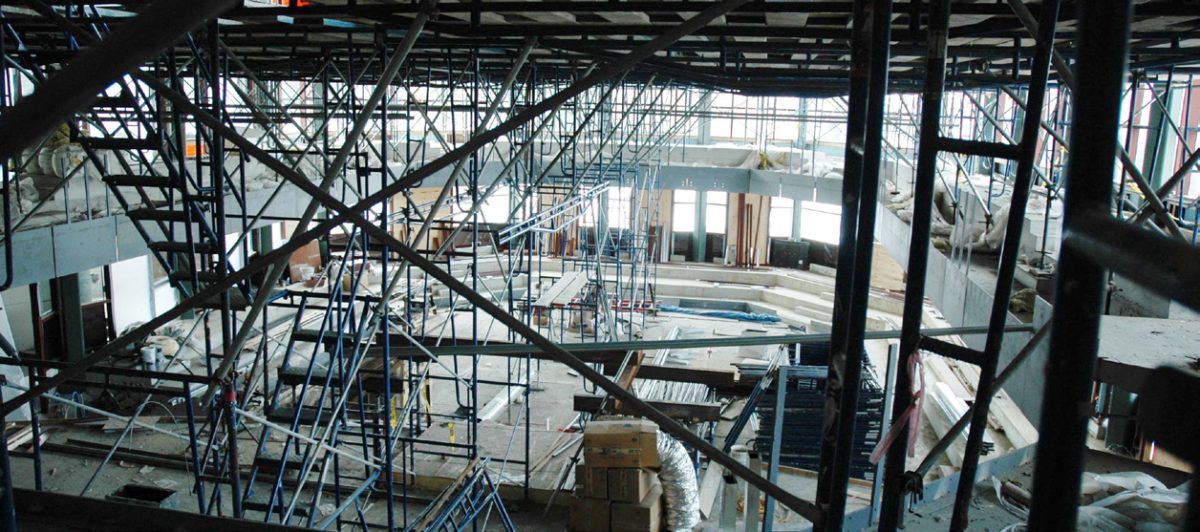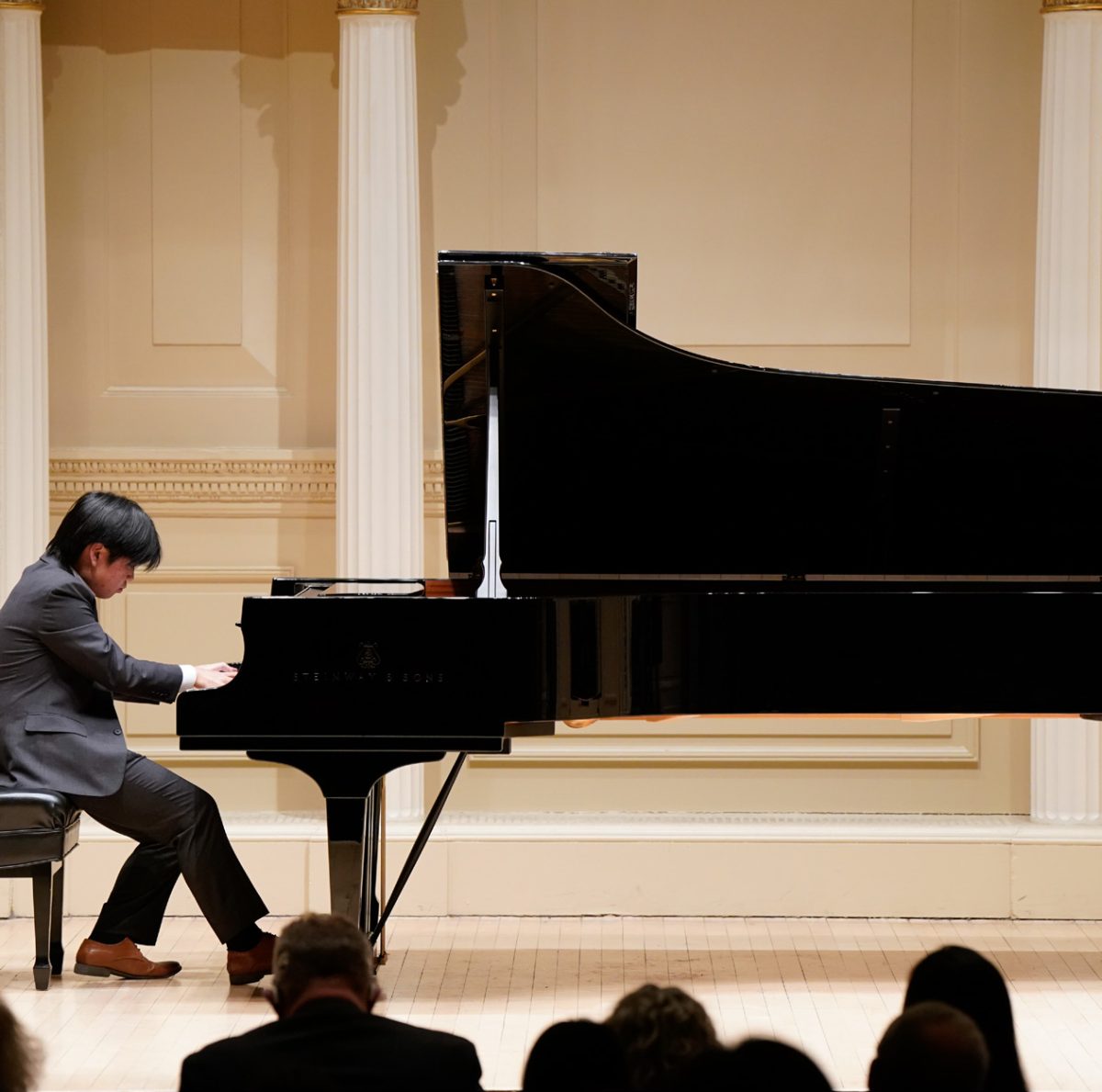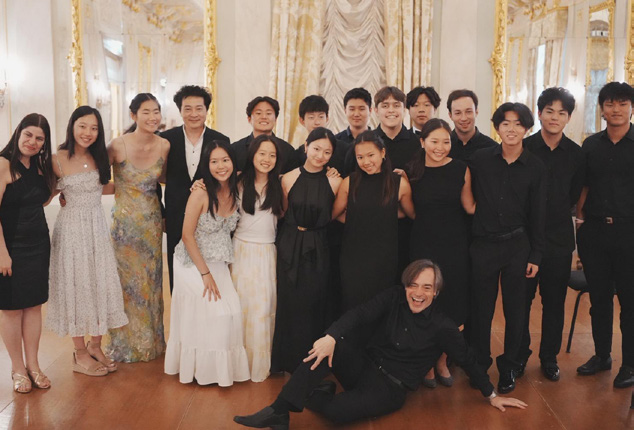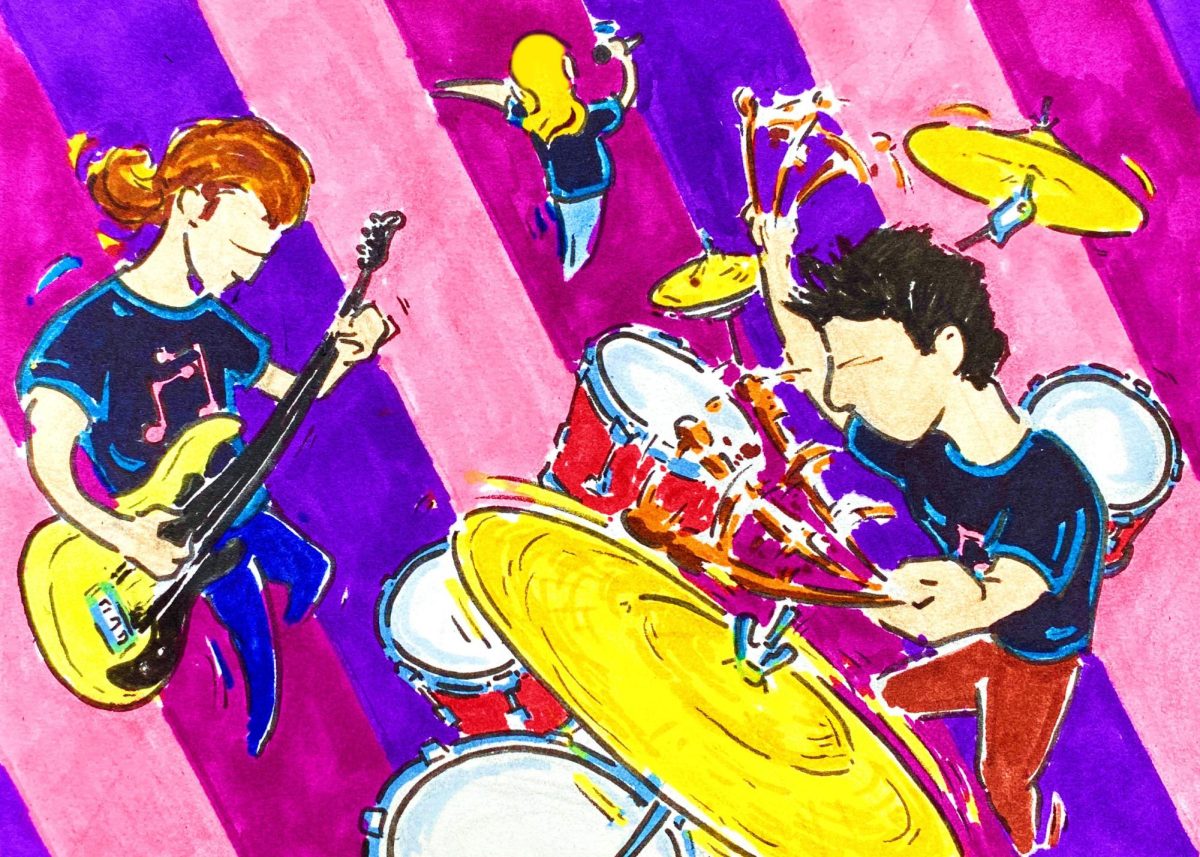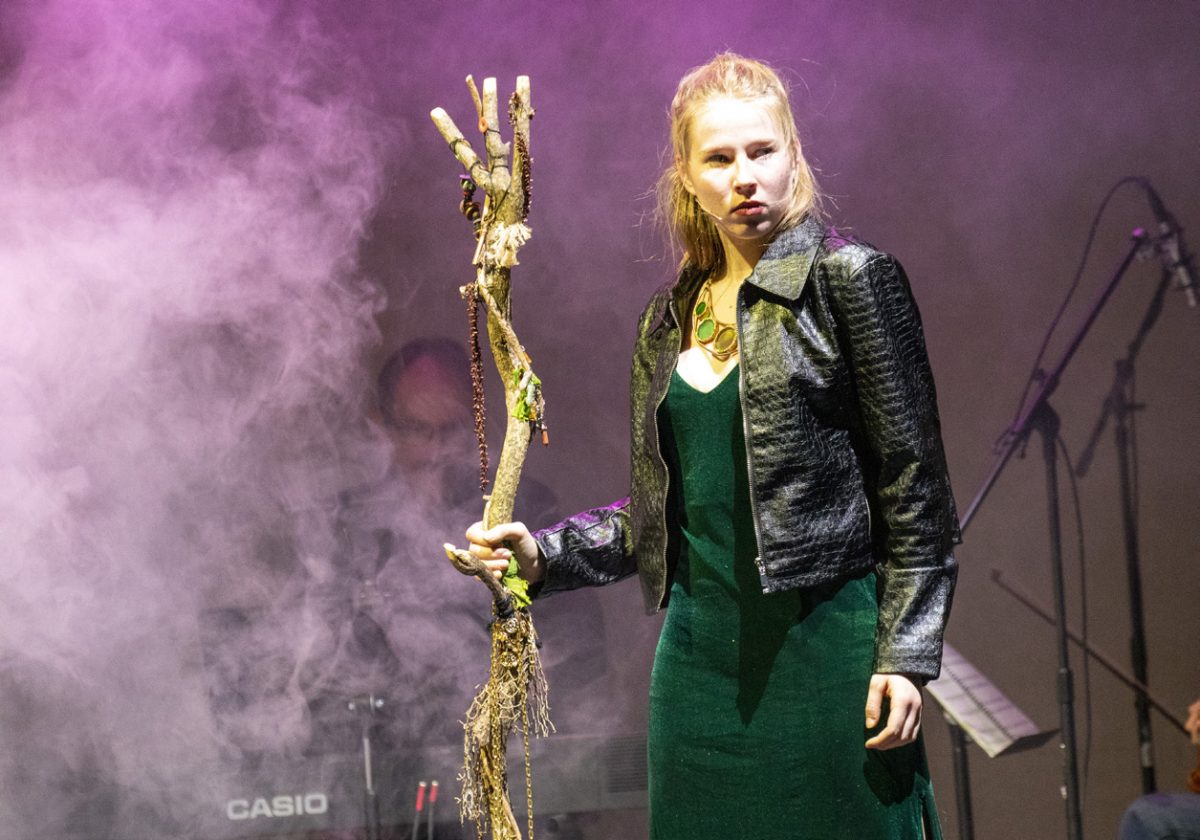We’ve all seen the uncanny images and so-called “art” generated by AI. It can be hard to identify what exactly is wrong with it—it just seems off.
Sometimes, when you look closer, people have extra pinkies. But even without such obvious flaws, AI “art” feels wrong because of the lack of connection between audience and artist. Real art evokes emotion in the viewer, and without a human artist to convey that emotion, AI “art” is just empty mimicry. Art is nearly impossible to define, as the meaning varies from person to person. However, art boils down to expressing emotion, a facet of humanity that AI can never grasp. Although AI programs like ChatGPT have the capability to create complex images, without human experiences and emotions behind them, these images cannot be regarded as art.
For a long time, art has been considered a defining aspect of the human experience. Even before large scale civilizations, humanity sought forms of self expression through mediums like cave paintings and early jewelry. Emotion is a defining aspect of humanity, and art is the release of our feelings. The very thing that defines art is the human emotion that is poured into it, emotion of which AI is incapable. Without human experience, artificial intelligence cannot hope to make true art.
Even more, an artist expresses intention in their art. Artificial intelligence cannot make artistic choices to create meaning, because the images it makes have no sentiment behind them. It cannot, for example, pick a certain shade of grayish blue because it reminds them of a loved one’s eyes. It can only create an image that is an average of thousands of sources or mimic the patterns of one source. Neither method includes intentional creative choices, therefore neither method ends in anything that can be considered art.
An argument on behalf of AI can be made, considering ChatGPT’s recent success in passing the Turing test. Developed by Alan Turing, a British computer scientist, the Turing test offers a method by which we can evaluate whether an AI exhibits human levels of intelligence. In a 2025 study from UC San Diego, people were tasked with determining whether their online conversational partner was human; GPT-4.5 did a better job of convincing participants that it was real than the actual human partner, persuading approximately 73% of participants. While this can speak to the “intelligence” of ChatGPT, intelligence is not the crucial capacity for creating art. These findings reveal nothing about ChatGPT’s creative potential, proving only its power to convincingly follow patterns and piece together information. Art is inherently human. Artificial intelligence experiences none of the joys and pains of human experience that would allow it to produce art. For now, art remains out of the reach of algorithms and computers; it belongs solely to humanity.
